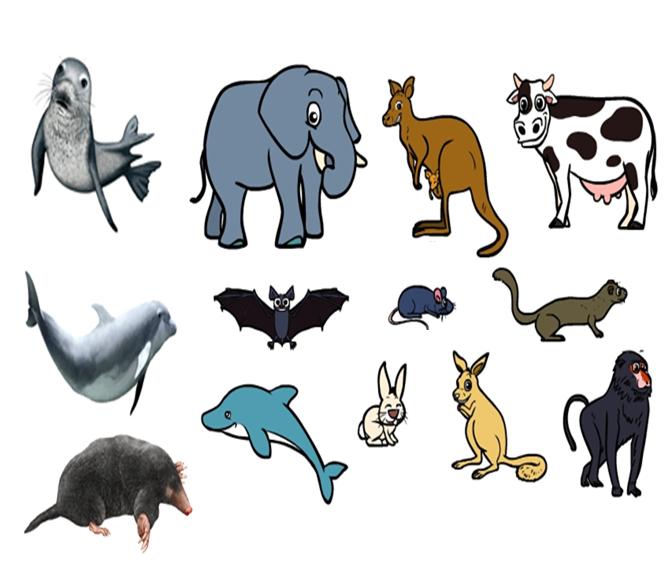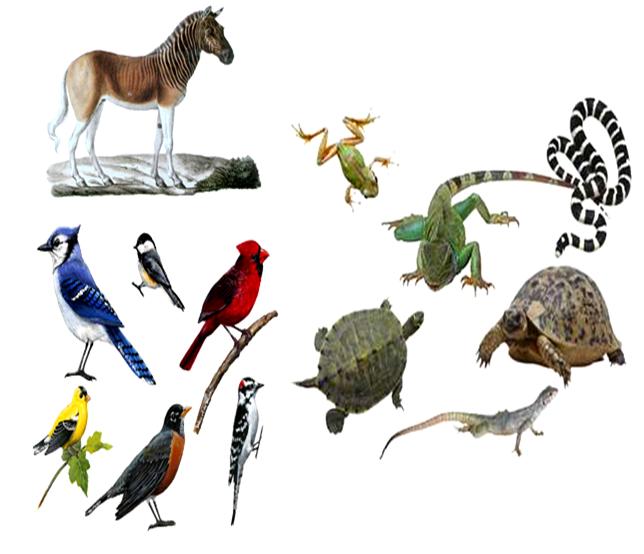Difference Between Tetrapods and Amphibians

It is not difficult to point out the differences between tetrapods and amphibians as it would be equivalent to the difference between a plant and tree. However, the differences between these two types of animals should be well understood in order to avoid confusion.
– Tetrapoda is a super class, while an amphibian is one among its major groups.
– Some amphibians are tetrapods but not all of them can be categorised under this class.
– According to scientific findings, there are more species of tetrapods than amphibians.
– Tetrapods are quadruped but not all amphibians have four legs/limbs.
– Majority of tetrapods are terrestrial animals while amphibians, on the other hand, are aquatic animals as they always live near wet or aquatic environments.
– The vast majority of tetrapods have crusty, rough, furry or feathery skin texture, whereas amphibians have moistened skin.
– Generally, tetrapods are larger compared to amphibians.
Instructions
-
1
Tetrapods
The term Tetrapod means "four legs" in Greek language and thus the name. Moreover, the animals having four-limbed ancestors are also included in this group.
Mammals, reptiles, amphibians and birds are the four major groups of Tetrapoda. This super-class of kingdom Animalia comprises of all land-living vertebrates, such as lions, hawks, turtles, dogs, cats etc. It also includes a number of aquatic animals, like sea lions, sea turtles, sea snakes, dolphins, seals etc. Birds and bats are tetrapods that can fly.
All tetrapods have well developed lungs for breathing air.
-
2
Amphibians
The name Amphibians is derived from a Greek word “amphibious”, which means “both lives”. Therefore, the cold-blooded vertebrates of class Amphibia that can live on land and in water are known as amphibians.
It is believed that they evolved from fish 400 million years ago. There are around 7,000 known amphibian species worldwide, of which approximately 90 percent are frogs and over 6,500 species live on the Earth. Most of the amphibians, especially salamanders, are very important 'bioindicators' as they are very susceptible to environmental changes.
Image Courtesy: zsl.org







